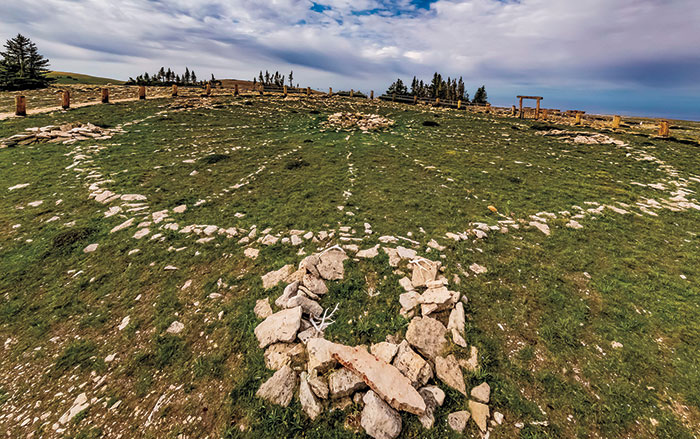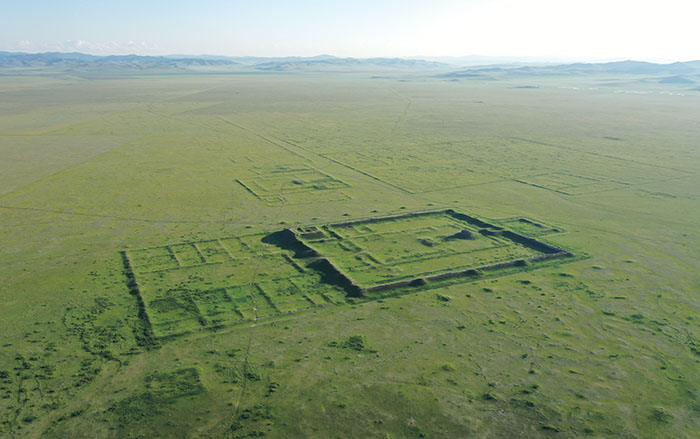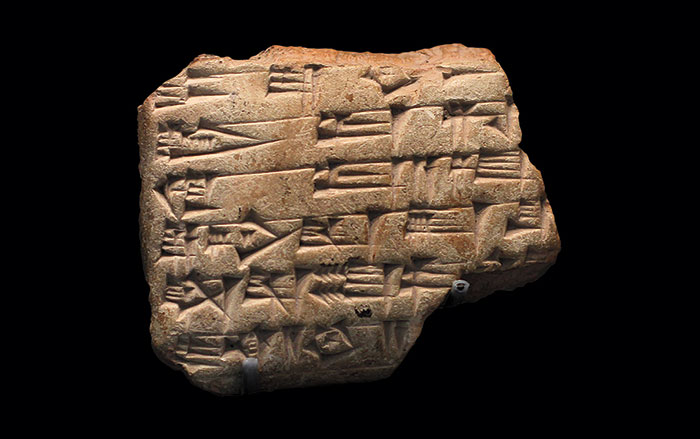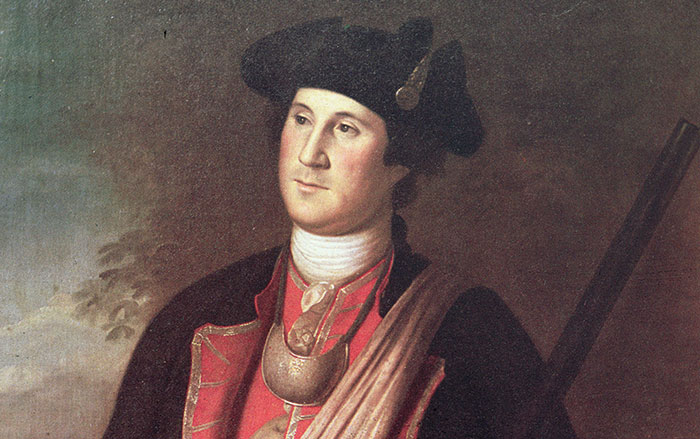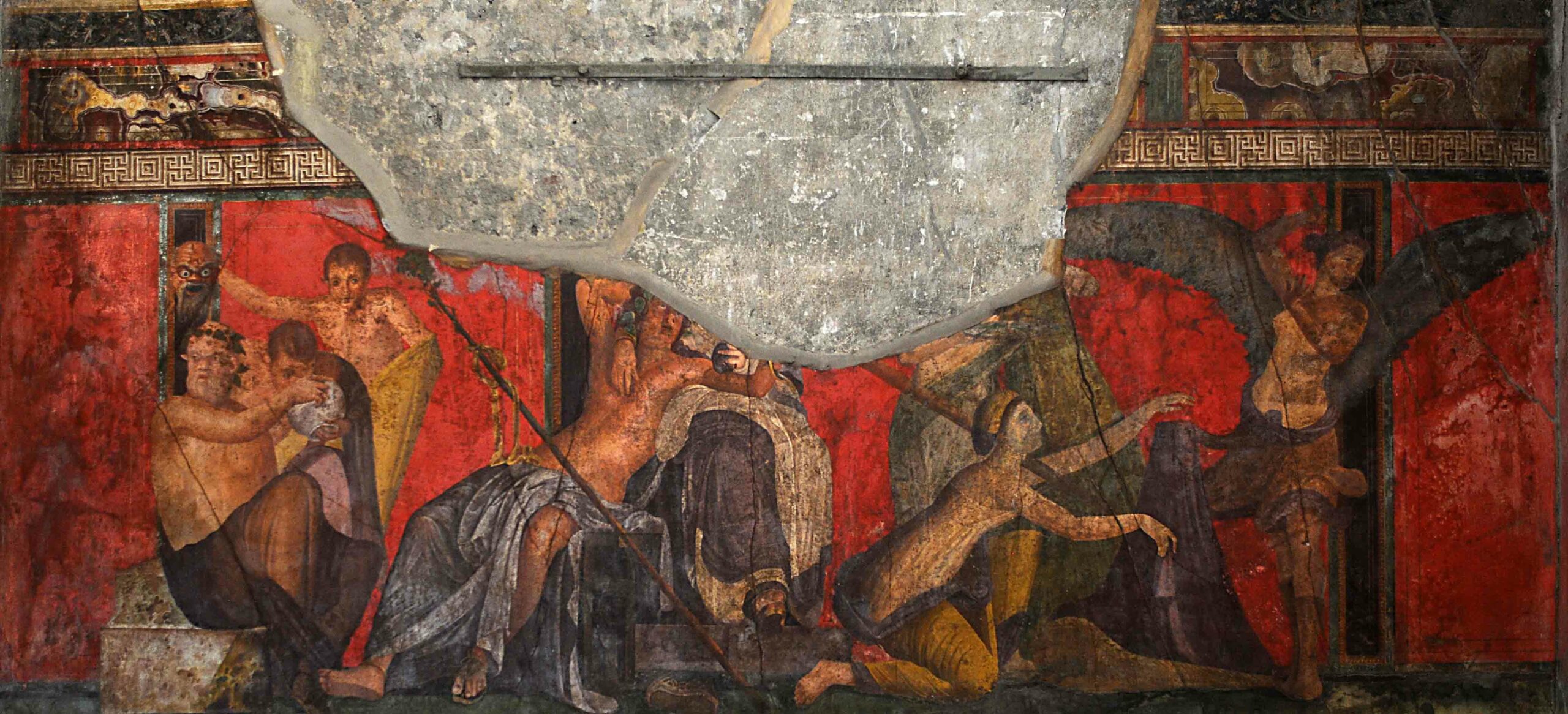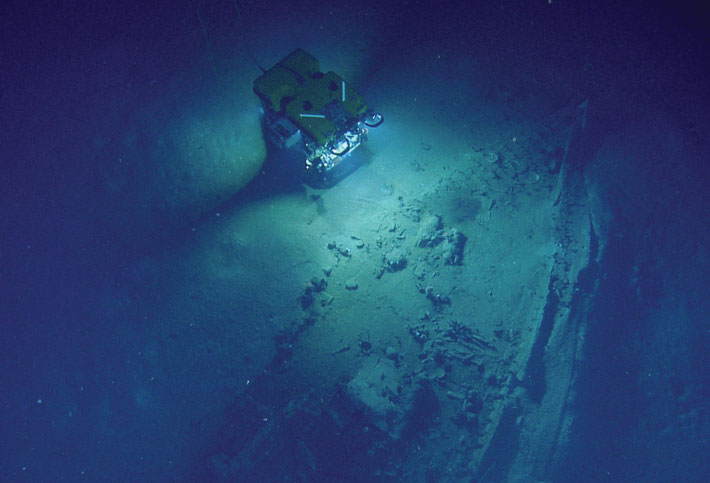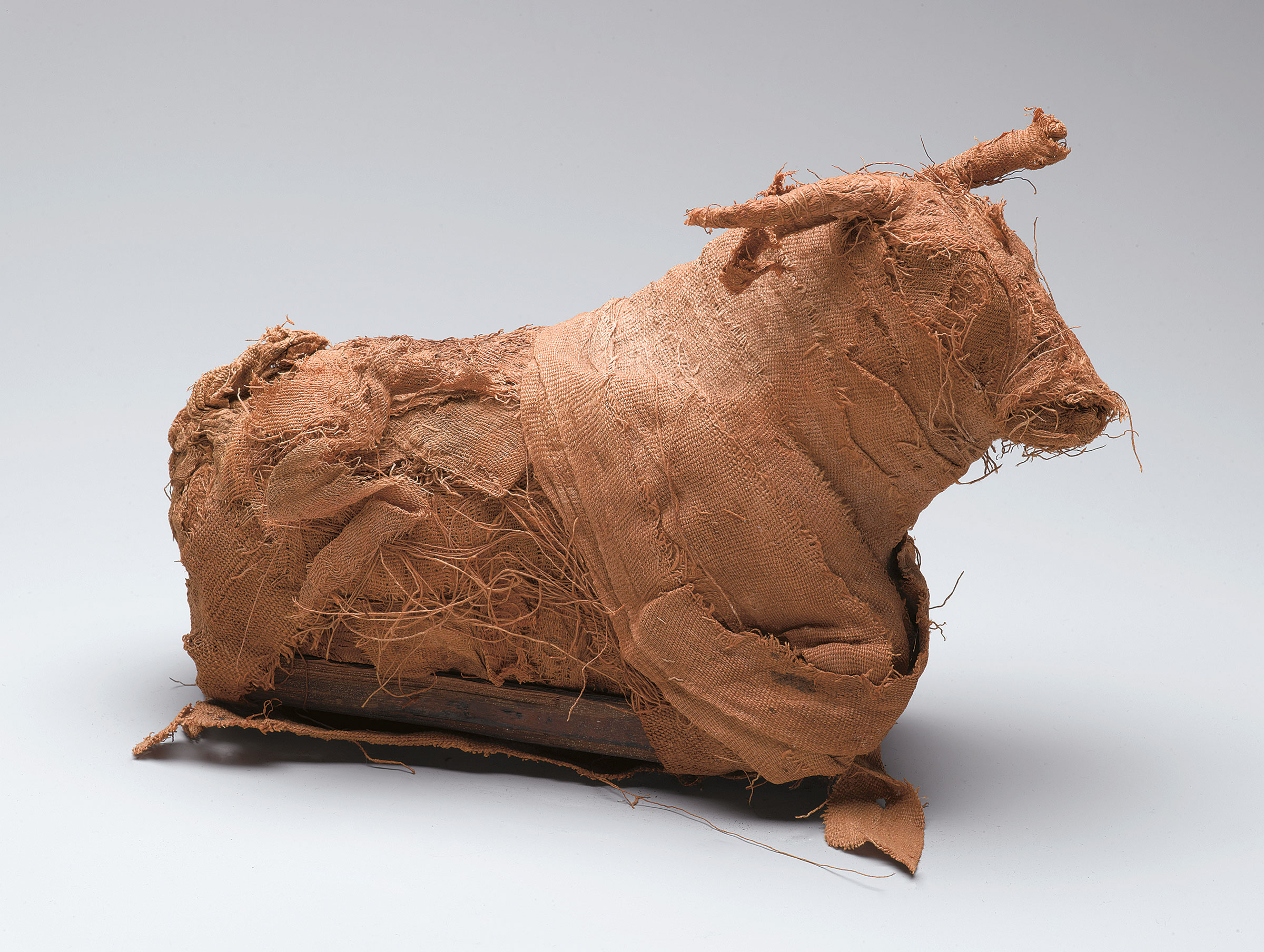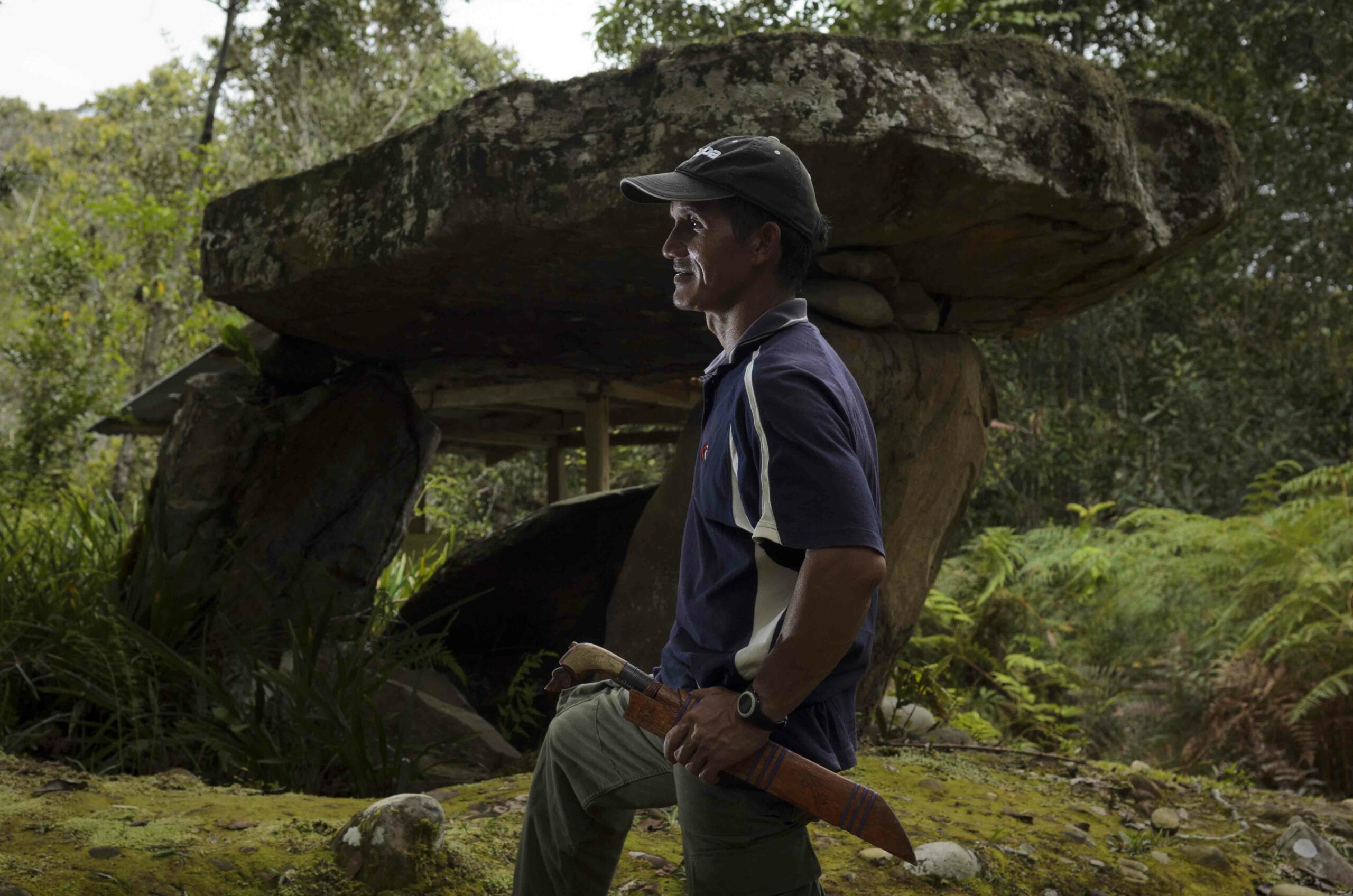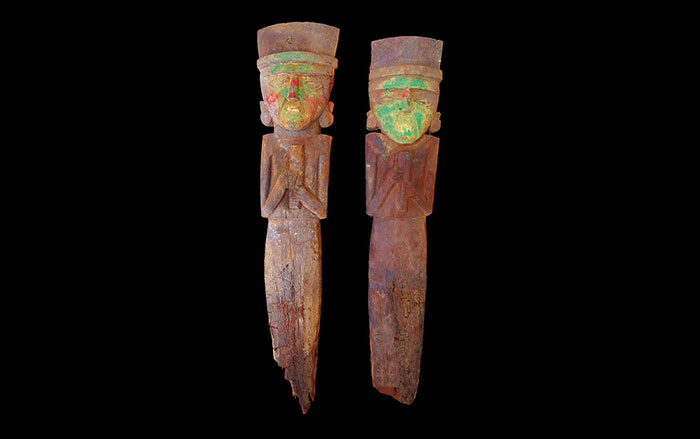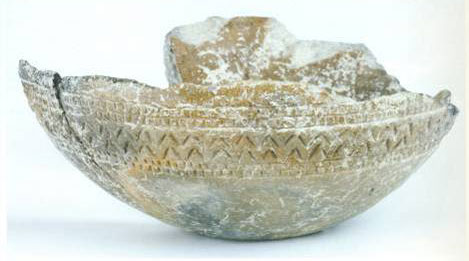
VALLADOLID, SPAIN—Elisa Guerra-Doce of the Universidad de Valladolid examined the remains of leaves, fruits, and seeds of psychoactive plants; residues suggestive of alcoholic beverages; psychoactive alkaloids found in artifacts and prehistoric skeletal remains; and artistic depictions of mood-altering plant species and drinking scenes at archaeological sites in Europe. Most of these substances—such as bits of opium poppy in the teeth of an adult male unearthed at a Neolithic site in Spain; charred Cannabis seeds in bowls found in Romania; traces of barley beer in vessels from Iberia; and illustrations of the ritual use of hallucinogenic mushrooms in the Italian Alps—were found in tombs and ceremonial places. Guerra-Doce contends that these substances aided in communication with the spiritual world and were highly regulated as part of a belief system. “Far from being consumed for hedonistic purposes, drug plants and alcoholic drinks had a sacred role among prehistoric societies,” she told Science Daily.


